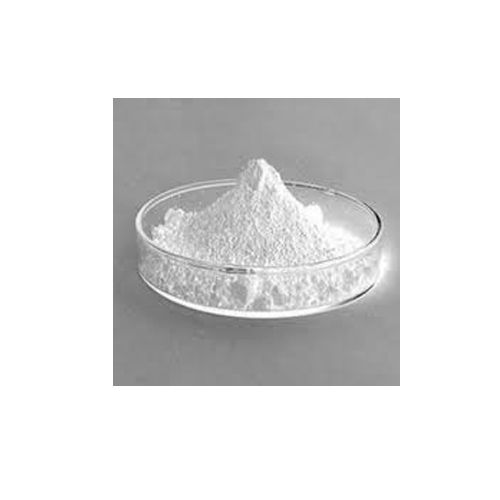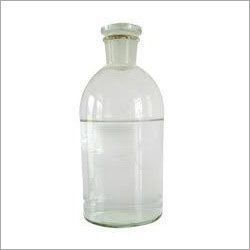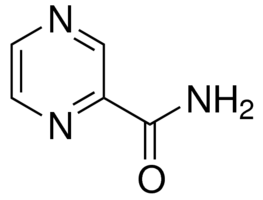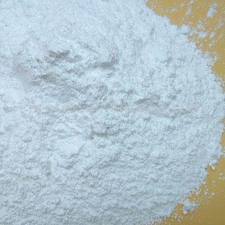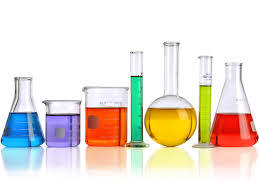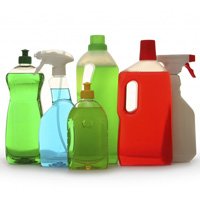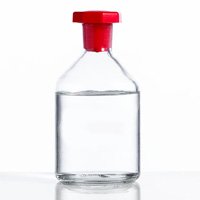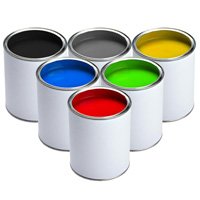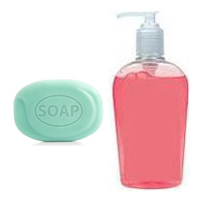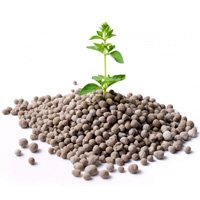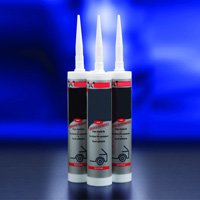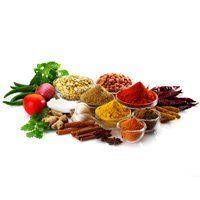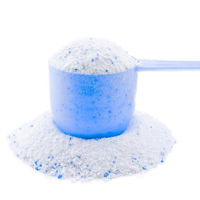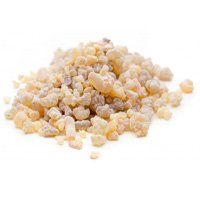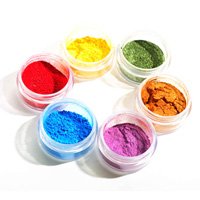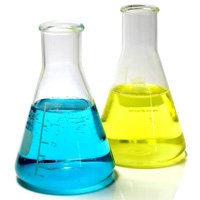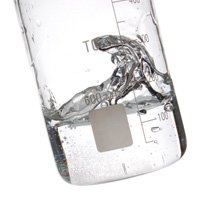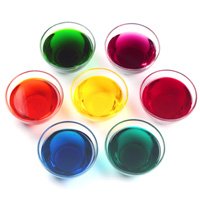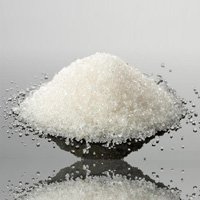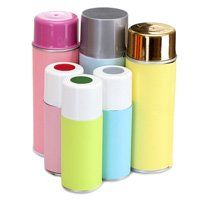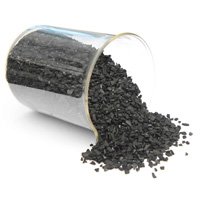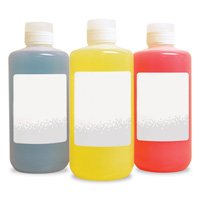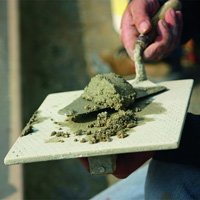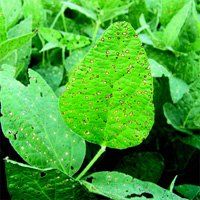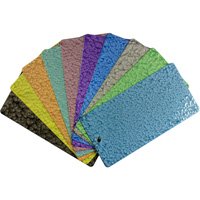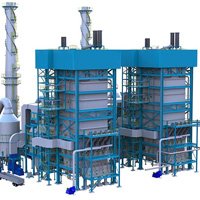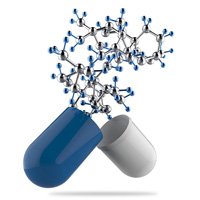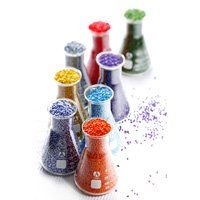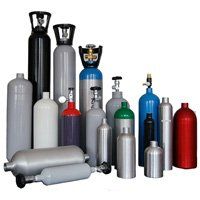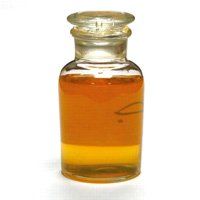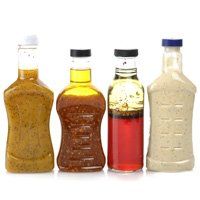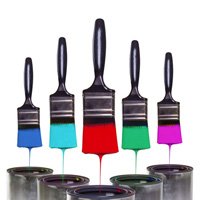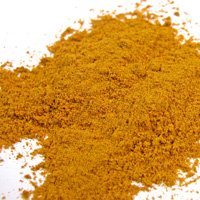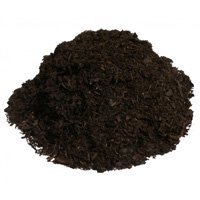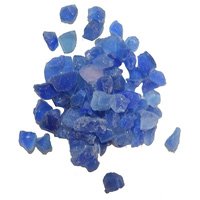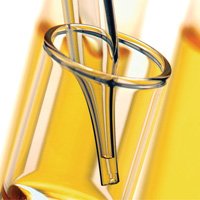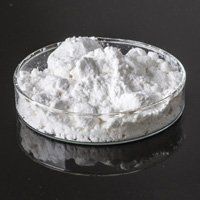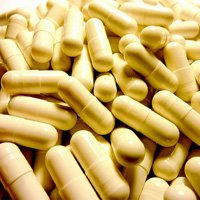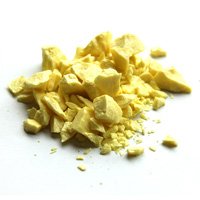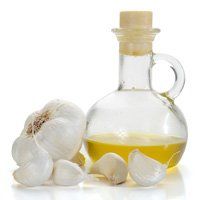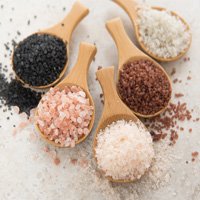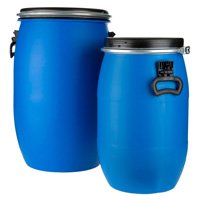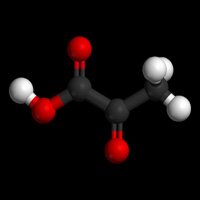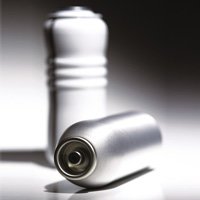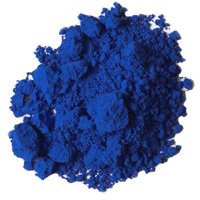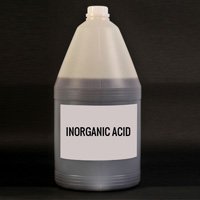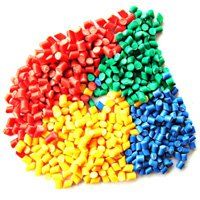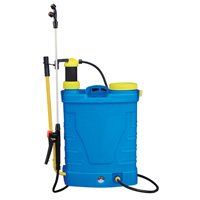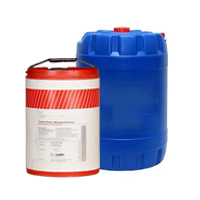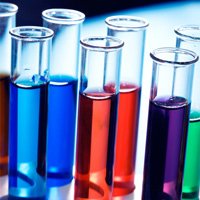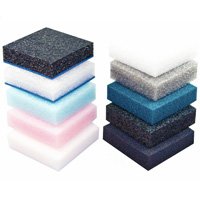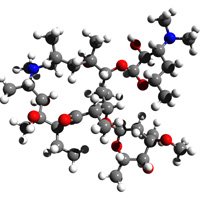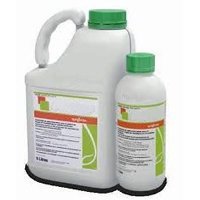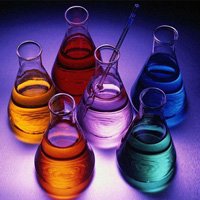Chemicals
Product Showcase
Recently Added Products
Top Categories of Chemical Industries
Commodity, basic chemicals and specialty chemicals are the two primary categories into which the chemical industry may be broken down. In the case of commodity chemicals, multiple different manufacturers all produce essentially the same final product. The business world can be broken down in a variety of other ways as well.
1. Pharmaceutical Manufacturing Industry
Pharmaceutical companies that specialize in generic drugs create both prescription and over-the-counter medications for the purpose of curing or preventing disease in people and animals.
2. Dye & Pigment Manufacturing Industry
Except for the electrostatic and photographic industries, this industry produces synthetic both organic and inorganic pigments and dyes like lakes and toners. Lead, zinc-based pigments, chrome, Color, and metallic as well as direct dyes, vat, and disperse, are all products of this sector.
3. Soap & Cleaning Compound Manufacturing Industry
Products in this sector are used for personal hygiene, surface sanitation, and the cleaning of clothing, linens, and home furnishings. Producers of synthetic glycerin, industrial bleaches, and shampoos are not included in this sector.
4. Pesticide Manufacturing Industry
Chemicals for controlling pests in agriculture and homes are manufactured by this sector. Pesticides (including herbicides, insecticides, and fungicides) and agricultural chemicals like flea powders, fly sprays, and sheep dips are important items.
5. Fertilizer Manufacturing Industry
Fertilizer items are the main thing that are made in this sector. These items each have their own unique ratio of nitrogen, phosphorus, and potassium, the "big three" plant nutrients.
6. Inorganic Chemicals Industry
Basic inorganic chemicals are produced by this sector of the economy. The majority of inorganic compounds have a mineral origin. On the other hand, carbon is the main component of organic compounds. Many industrial and manufacturing procedures need the usage of inorganic compounds as inputs.
7. Organic Chemicals industry
One of the most important parts of the chemical industry is the production of organic compounds. Chemicals and intermediates are essential to the growth of other industries, such those that produce paints, adhesives, pharmaceuticals, dyestuffs and intermediates, leather chemicals, insecticides, and so on.
8. Chemicals Wholesaling Industry
The Chemical Wholesaling sector is vital to chemical production as a whole as it acts as a vital link in the supply chain. Since chemical distributors sell such a wide variety of chemicals, no single company controls a decisive percentage of the market.
Consumers of the Chemicals Sector
1. Automakers
Common plastics used in automobiles include
- Polypropylene (PP)
- Styrenics
- Polyurethane (PUR)
- acrylonitrile butadiene styrene (ABS)
- polybutylene terephthalate (PBT)
- Polyvinyl chloride (PVC)
- ABS/PC blends
From the external paint, bumpers, and headlights to the interior seats, dashboard components, and the seatbelts and airbags that help keep us safe, chemicals is used in every part of the modern automobile. Some hybrid and electric vehicles are powered by lithium polymer battery packs, which are themselves made of plastic.
2. Agricultures
To prevent crop failure caused by weeds and pests and to increase soil fertility, many farmers opt to employ chemical pesticides and fertilizers. Herbicides, insecticides, and fungicides are the three major classes of pesticides. Each of these three insecticides is effective against a distinct class of agricultural pests.
The following categories define agricultural chemicals according to their intended use. Insecticides are used to prevent crop damage caused by insects. Drugs used to prevent or treat diseases that harm agricultural crops. Agents that can combat both insect pests and illnesses that can affect field crops are ideal.
3. Electronic Manufacturing
The extraction and processing of lithium, nickel, cobalt, manganese, and graphite, the five minerals used in many of world's foremost electric vehicle (EV) batteries, are a major source of difficulty in the battery supply chain.
Chemicals that dissolve in water, such as
- Sulfuric acid
- Acetone
- Acetic acid
- Ammonium hydrox-ide
- Hydrofluoric acid
- Ammonium fluoride
- Phosphoric acid
- Hydrogen peroxide
- Isopropyl alcohol
- Nitric acid
- Hydrochloric acid
Various Industrial Chemicals and Their Uses
1. Titanium Dioxide
This chemical is a white pigment utilized in many different industries, from the paint and cosmetics industries to the food and beverage sector. In addition, it finds application in a wide range of medicines.
2. Potash
Potash is another widely-used chemical in agriculture. It's also a key ingredient in the production of soap, glass, and ceramics.
3. Hydrochloric Acid
Hydrochloric acid is widely employed in the pharmaceutical industry and is therefore one of the most useful compounds. Additionally, it is a key ingredient in the manufacturing of numerous other compounds.
4. Urea
Urea is an essential industrial chemical because of its primary application as a fertilizer. Urea is found in a number of animal feeds.
5. Ammonium nitrate
This white, crystal-like substance is commonly applied to crops as a fertilizer. To alleviate pain and swelling, it is also included in cold packs.
6. Sodium Hydroxide
Many products, including soaps and colors, rely on sodium hydroxide as an important ingredient. In manufacturing, it is a common alkaline material. Because of its acid-neutralizing properties, it makes for a useful cleaning product.
7. Aluminum sulfate
It has use in paper production and wastewater purification systems.
8. Sodium silicate
The chemical is widely utilized as an insulating material in factories.
9. Sulfuric Acid
It is a common chemical acid used to reduce the pH of other chemicals.
10. Sodium Carbonate
Soda ash, often known as sodium carbonate, is a widely used chemical. Glass and various detergents rely on it as an ingredient.
11. Nitrogen
Nitrogen, being an inert gas, is frequently used in manufacturing to regulate temperatures and prevent unwanted chemical reactions. It can stand in for air in gas carriers that transport solids.
12. Phosphoric Acid
Phosphoric acid is one example of an industrial chemical that is also employed in the making of fertilizers. It is also a key ingredient in the production of many different kinds of food and beverages.
13. Chlorine
Chlorine is a key component in the production of many different types of bleaching agents. Hydrogen peroxide has mostly displaced chlorine as the chemical of choice due to concerns about its impact on the environment.
What are the main Products of the Chemical Industry?
1. Basic Chemical
Among the broad category of "basic chemicals," petrochemicals (chemicals made from petroleum) are subcategorized separately from polymers (made from natural or synthetic materials) and inorganic chemicals.
Manufacturers typically use and sell basic chemicals within their own sector before incorporating them into their finished goods.
Many esters, including those made from acetic acid, are used in the production of paint. Many of these chemical products are used by other businesses as building blocks in their production chains.
- Petrochemicals and Polymers: As technology has advanced, a wide variety of compounds have been derived from petroleum. The production of various polymers is where petrochemicals find their primary application. Distillation is used to separate the hydrocarbons found in crude oil and gas based on their relative boiling points.
- Basic Inorganic: These agricultural chemicals are cheap but necessary. They are manufactured in enormous quantities, exceeding a million metric tons annually, and comprise chlorine fertilizers, sodium hydroxide fertilizers, sulfuric acid fertilizers, and nitric acid fertilizers.
2. Specialty Chemicals
There is a wide range of crop protection chemicals, paints, inks, and colorants in this group. The textile, paper, and engineering industries are just some of the many that make use of these compounds. Most of the cash flow in the chemical sector comes from this category.
3. Consumer Chemicals
These compounds are the ones that reach the general people as the end users. Detergents, soaps, and other personal care items are included. There are many studies and discoveries being made to create the most user-friendly, efficient, and ecologically safe goods possible.
Chemical Industry Outlook
Market Outlook
As of now, the Chemicals & Petrochemicals industry in India is valued at about $178 bn, but analysts predict that this would expand to $300 bn by 2025.
- Production of Major Chemicals increased by 5.73 percent, from 41.15 million tons in 2022-23 (Up to July 2022) to 43.51 million tons in 2022-23 (Up to July 2022).
- When comparing 2022-23 (through July 2022) to 2021-22 (through July 2021), the overall increase in output of Major Chemicals is 5.73%, with the majority of sub-sectors accounting for this gain.
- From FY 2019a 23, analysts predict a 7.5% CAGR for petrochemical demand, led by polymer demand growth of 8%.
- Valued at $ 2,332.92 mn in September 2022, exports of organic and inorganic chemicals account for 7.15 percent of the month's total exports.
Key players
- UPL Ltd
- India Glycols ltd
- Bayer
- TAT chemicals
- Pidilite Ltd
- Gujarat Alkalies & Chemicals ltd
- Atul Ltd
- BASF India Ltd
- GHCL Ltd
- Aarti Industries ltd.
Only with the support of the right chemical businesses can India undertake cutting-edge studies like artificial human organ manufacture, bio-engineering, mutation, and genetic-reengineering. India's research in these areas is making great strides. In addition to fulfilling course requirements, many students choose to major in chemistry because they are excited by the prospect of using the subject to learn about the world and experiment with new ideas.
FAQs: Chemicals
Q. What are the categories of Chemical Industries?
Ans. Here are the categories:
- Fertilizer
- Inorganic
- Organic
- Pharmaceutical
- Chemcial Wholesaling
- Dye & Pigement
- Soap & Cleaning
- Agricultural
Q. What are different Industrial Chemicals?
Ans. Here are the different types of Industrial Chemicals:
- Potash
- Hydrochloric Acid
- Titanium Dioxide
- Sulfuric Acid
- Ammonium Nitrate
- Sodium Hydroxide
- Nitrogen
- Phosphoric Acid
Q. What are Consumer Chemicals?
Ans. Cleaning agents, automotive, agricultural, adhesives, paints, and similar goods are all examples of consumer chemicals.
Q. What are the main Products of the Chemical Industry?
Ans. Here are the products of chemical industry:
- Fiber
- Polymer additives
- Plasticizers
- Adhesives
- Rubber Chemicals &more
Q. Who is the king of Chemicals?
Ans. The term "king of chemicals" is sometimes used to refer to sulphuric acid.
READ BLOG: Chemical Industry: Challenges and Opportunities in the Era of AI

